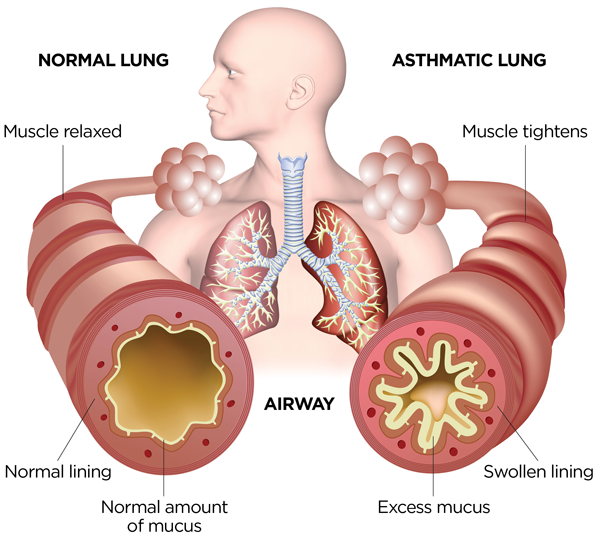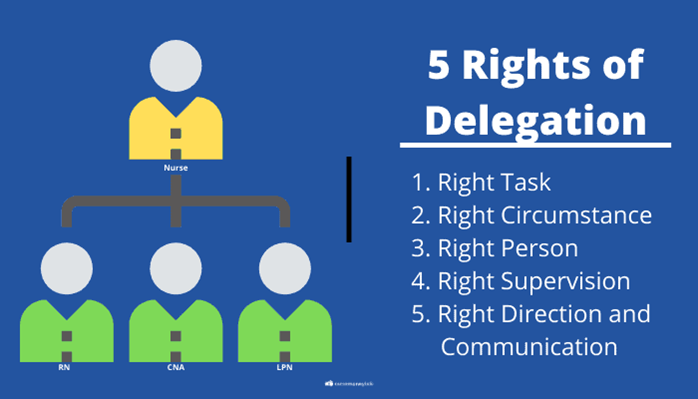A nurse is developing an activity plan for a client. The nurse should recognize that which activity plan would best conserve the client's energy without compromising physical or mental health.
Scheduling energy-intensive activities at the time of day when the client has higher energy levels.
Scheduling all activities within a small block of time to allow the client a longer, uninterrupted rest period.
Scheduling toilet breaks before and after any other planned activity.
Scheduling the client's hygiene activities and limiting visitors.
The Correct Answer is A
Choice A reason: Scheduling energy-intensive activities at the time of day when the client has higher energy levels is the best activity plan for conserving the client's energy without compromising physical or mental health, as it allows the client to perform the tasks that require more effort and endurance when they feel more alert and capable. This can help the client to avoid fatigue, frustration, and injury, and to achieve their goals more effectively. The nurse should assess the client's individual preferences and patterns of energy fluctuation, and help them to prioritize and plan their activities accordingly.
Choice B reason: Scheduling all activities within a small block of time to allow the client a longer, uninterrupted rest period is not a good activity plan for conserving the client's energy without compromising physical or mental health, as it may cause the client to overexert themselves and deplete their energy reserves. This can lead to exhaustion, pain, and stress, and impair the client's recovery and quality of life. The nurse should advise the client to balance their activities with adequate rest periods throughout the day and to avoid doing too much or too little at once.
Choice C reason: Scheduling toilet breaks before and after any other planned activity is not a good activity plan for conserving the client's energy without compromising physical or mental health, as it may not be realistic or feasible for some clients. Some clients may have urinary or bowel problems that require them to use the toilet more frequently or urgently, such as incontinence, infection, or constipation. Forcing them to follow a rigid schedule may cause them discomfort, embarrassment, or complications. The nurse should assess the client's elimination needs and habits, and help them to manage their toileting needs in a comfortable and convenient way.
Choice D reason: Scheduling the client's hygiene activities and limiting visitors is not a good activity plan for conserving the client's energy without compromising physical or mental health, as it may neglect the client's social and emotional needs. Hygiene activities are important for maintaining the client's physical health and well-being, but they can also be tiring and challenging for some clients. Limiting visitors may reduce the noise and stimulation in the environment, but it can also isolate the client from their family and friends who can provide support and companionship. The nurse should assist the client with their hygiene needs as needed, and encourage them to interact with their visitors as tolerated.
Nursing Test Bank
Naxlex Comprehensive Predictor Exams
Related Questions
Correct Answer is B
Explanation
Choice A reason: Mitral valve disease is not a disorder that makes clients especially vulnerable to ozone effects, as it does not affect the respiratory system. Mitral valve disease is a condition that affects the mitral valve, which is the valve that separates the left atrium and the left ventricle of the heart. Mitral valve disease can cause the valve to become narrow (stenosis) or leaky (regurgitation), affecting the blood flow and oxygen delivery to the body. Mitral valve disease can cause symptoms such as shortness of breath, fatigue, chest pain, palpitations, and swelling of the legs.
Choice B reason: Asthma is a disorder that makes clients especially vulnerable to ozone effects, as it affects the respiratory system. Asthma is a chronic inflammatory condition that causes the airways to become narrow, swollen, and sensitive to triggers such as allergens, irritants, infections, or exercise. Asthma can cause symptoms such as wheezing, coughing, chest tightness, and difficulty breathing. Ozone is a gas that is formed when sunlight reacts with pollutants in the air. Ozone can irritate the lungs and worsen asthma symptoms by causing inflammation, bronchoconstriction, and mucus production. Ozone can also reduce lung function and increase the risk of respiratory infections.
Choice C reason: Nasal polyps are not a disorder that makes clients especially vulnerable to ozone effects, as they do not affect the respiratory system. Nasal polyps are benign growths that form in the lining of the nose or sinuses. Nasal polyps can cause symptoms such as nasal congestion, runny nose, postnasal drip, loss of smell or taste, headache, and snoring. Nasal polyps are usually associated with chronic inflammation or allergies, but their exact cause is unknown.
Choice D reason: Seasonal allergies are not a disorder that makes clients especially vulnerable to ozone effects, as they do not affect the respiratory system. Seasonal allergies are allergic reactions that occur during certain times of the year when pollen or mold spores are high in the air. Seasonal allergies can cause symptoms such as sneezing, itching, watery eyes, runny nose, and sore throat. Seasonal allergies are caused by an overreaction of the immune system to harmless substances in the environment.

Correct Answer is D
Explanation
Choice A reason: The AP's ability to complete the task without assistance is not one of the five rights of delegation. The nurse is responsible for providing adequate supervision and guidance to the AP, and ensuring that the task is done correctly and safely.
Choice B reason: The AP's ability to prioritize is not one of the five rights of delegation. The nurse is responsible for assigning tasks based on their urgency and importance and communicating clear expectations and deadlines to the AP.
Choice C reason: The AP's rapport with clients is not one of the five rights of delegation. The nurse is responsible for maintaining a therapeutic relationship with clients and respecting their preferences and needs.
Choice D reason: The AP has the knowledge and skill to perform the task is one of the five rights of delegation. The nurse is responsible for assessing the AP's competence and readiness to perform the task, and providing appropriate training and feedback if needed.

Whether you are a student looking to ace your exams or a practicing nurse seeking to enhance your expertise , our nursing education contents will empower you with the confidence and competence to make a difference in the lives of patients and become a respected leader in the healthcare field.
Visit Naxlex, invest in your future and unlock endless possibilities with our unparalleled nursing education contents today
Report Wrong Answer on the Current Question
Do you disagree with the answer? If yes, what is your expected answer? Explain.
Kindly be descriptive with the issue you are facing.
